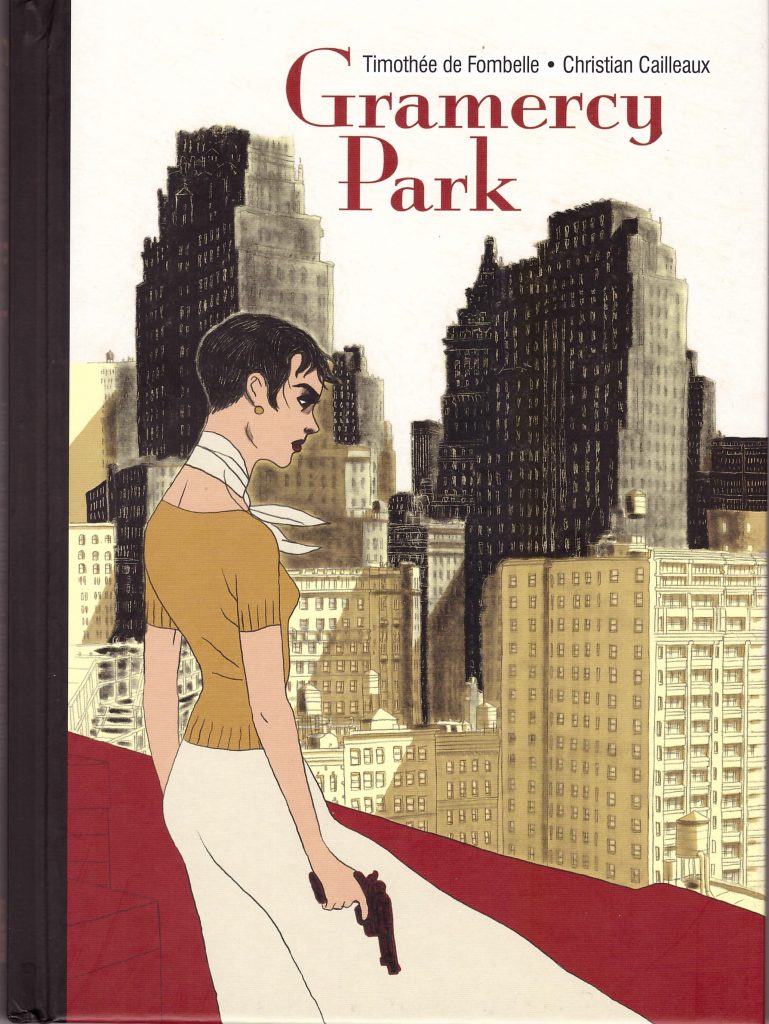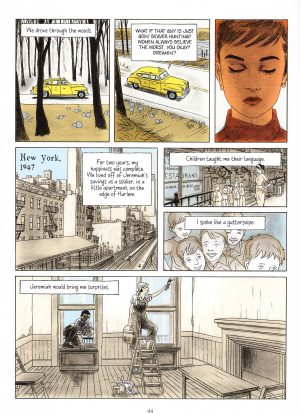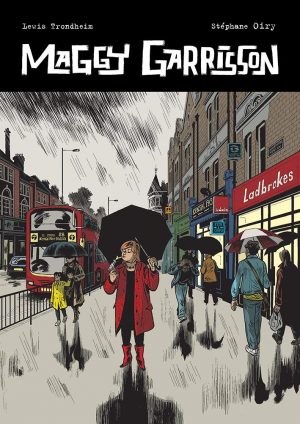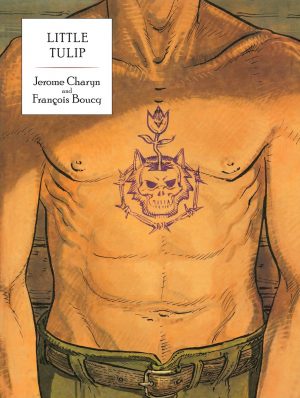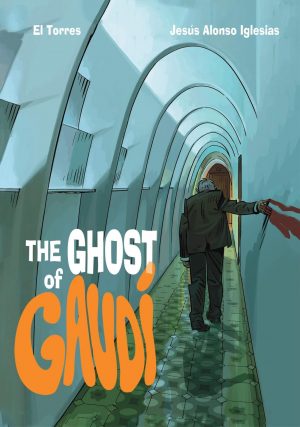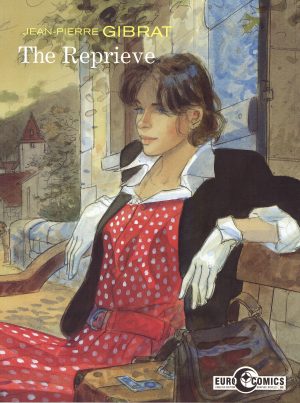Review by Karl Verhoven
Madeleine grew up in Paris, helping her grandfather tend to his bees in their rooftop hives, but after World War II she married an American and moved to New York. It’s now 1954, her husband is two years dead, and Madeleine is again on a rooftop with beehives, overlooking Gramercy Park. She notices the routine of the top floor’s isolated occupant in the building opposite, seeing the visitors he has and speculates about his position, but Timothée de Fombelle and Christian Cailleaux reveal to readers that he’s George Day, a high ranking criminal. His is the power of life and death, and even those he trusts fear him.
Before she left Paris Madeleine was a ballet dancer with the future at her feet, and the contradiction of artistic poetry and criminal brutality lie at the heart of Gramercy Park. It’s understated, in a graphic novel presenting further contradictions, as it unfurls what reduce to two stories of very different unfulfilled ambitions, again hinted at rather than spelled out. Subtlety is a stock in trade for both de Fombelle and Cailleaux, the former presenting life in brief glimpses, while the tender simplicity of Cailleaux’s line is to be cherished. His New York is one of idealised style and pristine glamour, yet also emphasising isolation, and the delicate smudged faces he provides offset the violence concealed behind most. While the cover is representative, it strangely lacks the subtlety of the story within, and beguiling though it is, something a little different would have been better advised.
It’s a languid, wistful mood set by de Fombelle as Madeleine stands aloof on her rooftop considering. “I observe humanity as I would a hive with its mysteries and limitations”, she tells herself, “I float above the storm”. It’s a little joke on the writer’s part as Madeleine apparently knows nothing of the man whom we believe she’s investigating from idle curiosity, nor of the possible danger she’s placing herself in by buzzing about. Melancholy persists, and eventually Madeleine’s observations are formalised, but there’s a final secret to drop into place. Once that’s revealed, it’s possible to go back and read again to appreciate how clever the dialogue has been, in places leading us toward one meaning when another is intended. Translator Edward Gauvin deserves recognition for bringing this out.
Given what the creators set out to do, it’s difficult to imagine it could have been better achieved. Rich and unpredictable, stylish and evocative, Gramercy Park proves to be a timeless period piece gradually revealing its secrets and crying out to be filmed and reach a wider audience.
